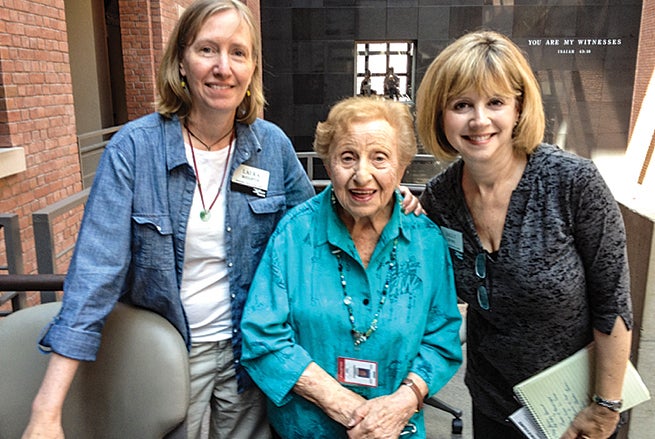Oxford High teacher spent summer working at Holocaust Museum
Published 10:08 am Tuesday, August 13, 2019
Most teachers spend the couple months allotted to them during summer vacation as a chance to rest and recharge for the next school year, but one Oxford High School teacher chose to find new ways to educate her students about one of the worst periods in history.
Laura Boughton, a history teacher at OHS, was selected to be a facilitator for the Belfer National Conference for Educators at the United States Holocaust Museum in Washington, D.C. She was one of eight facilitators from across the country to participate at the conference, which is designed to introduce English and History teachers to the museum’s pedagogical approach to teaching about the Holocaust.
In 2006, Boughton was accepted into the Museum Teacher Fellowship, which is a national corps of skilled educators who help ensure the quality of the Holocaust education in secondary schools. Each year, the Holocaust Museum selects 20 educators to show evidence of extensive knowledge of Holocaust history, successful teaching experience and participation in community and professional organizations.
“My work with them has completely changed the way I teach,” Boughton said. “(My work at the museum gave me confidence) in helping my students grapple with complicated history. I want my students to know that is is not always about the answers, sometimes asking the tough questions can inspire critical thinking and personal growth.”
An interaction with a Holocaust survivor in 2008 helped Boughton shape the way she teaches her students at OHS about the horrific events that took place during World War II. Boughton met Fanny Aizenburg when she spoke at a workshop that took place in Oxford. She keeps a photo of her and Aizenburg hung in her classroom as a reminder of the importance of teaching about the Holocaust.
“I teach the Holocaust because I want my students to remember individuals and continue to tell their story,” Boughton said. “It helps translate statistics to people and bring about the personal connections that are crucial to engaging the students with history. I want them to realize this really happened to people, involving real ordinary people who made choices to murder, to be cooperative, to be complicit, to rescue, to resist and to survive.”






